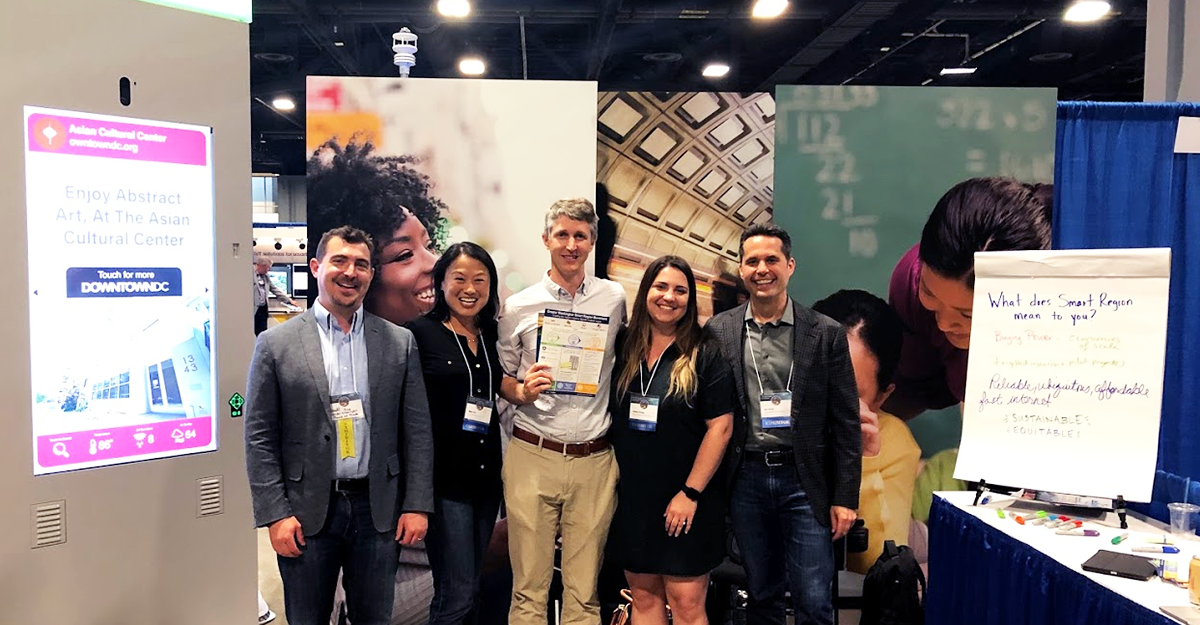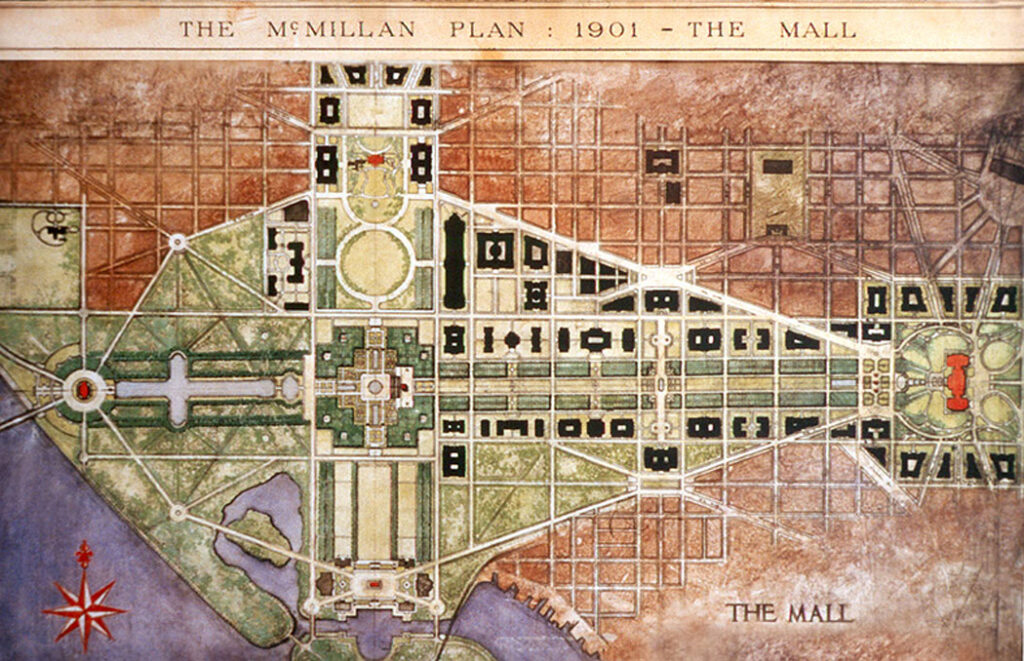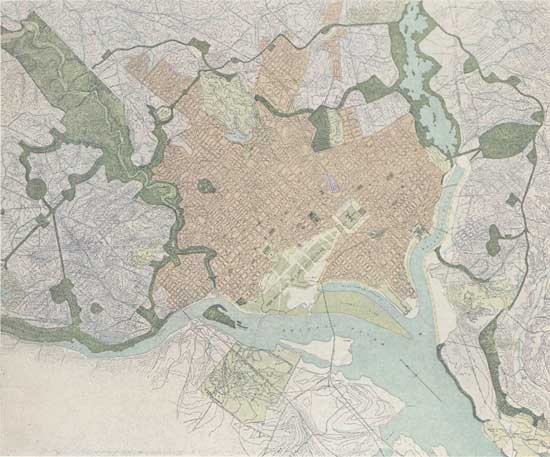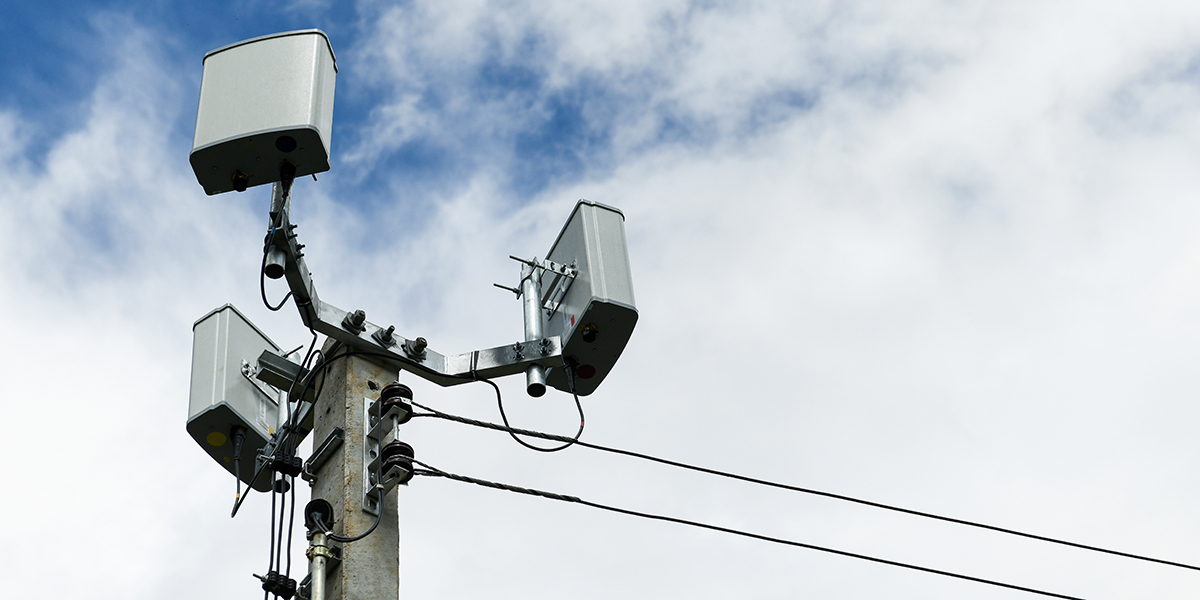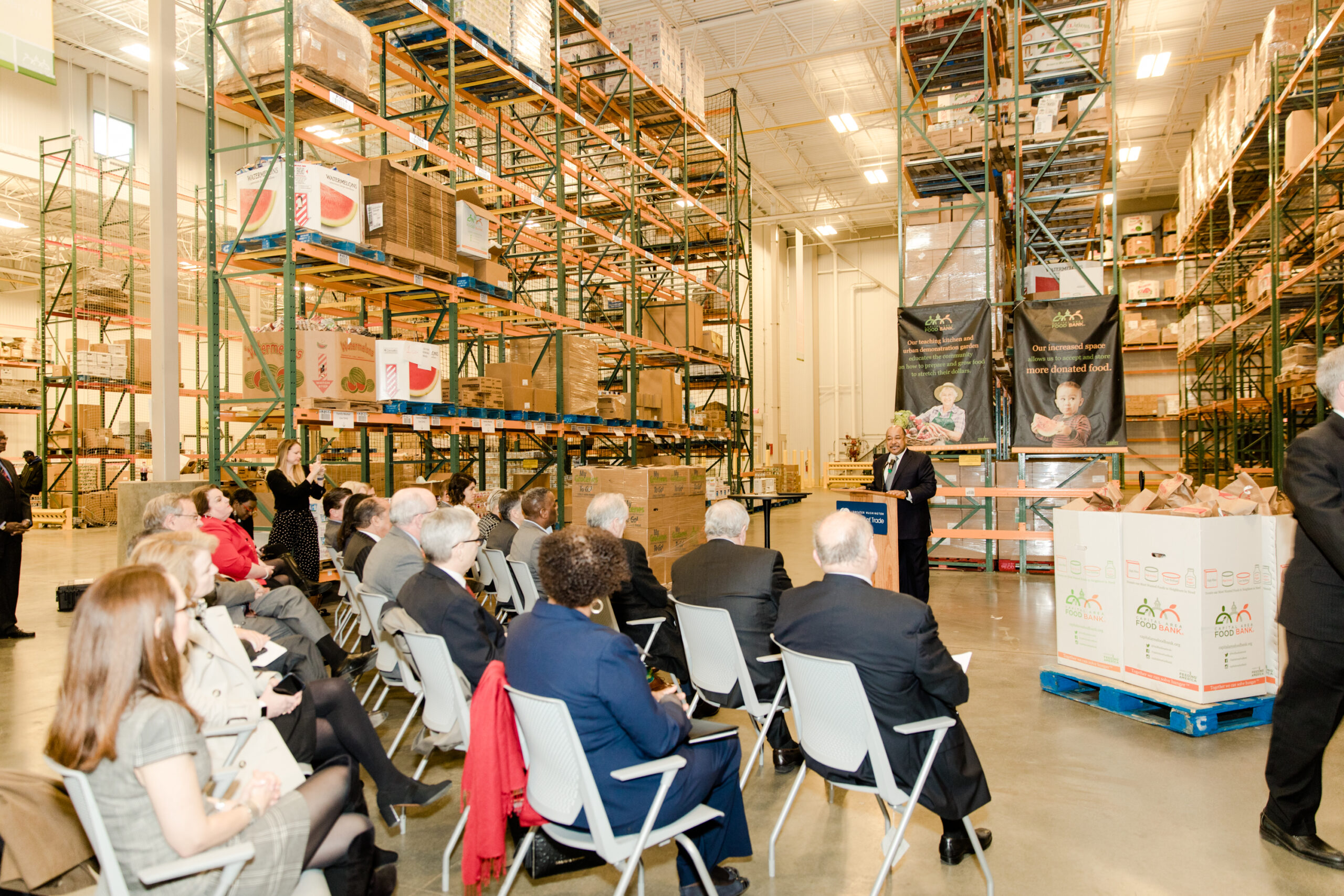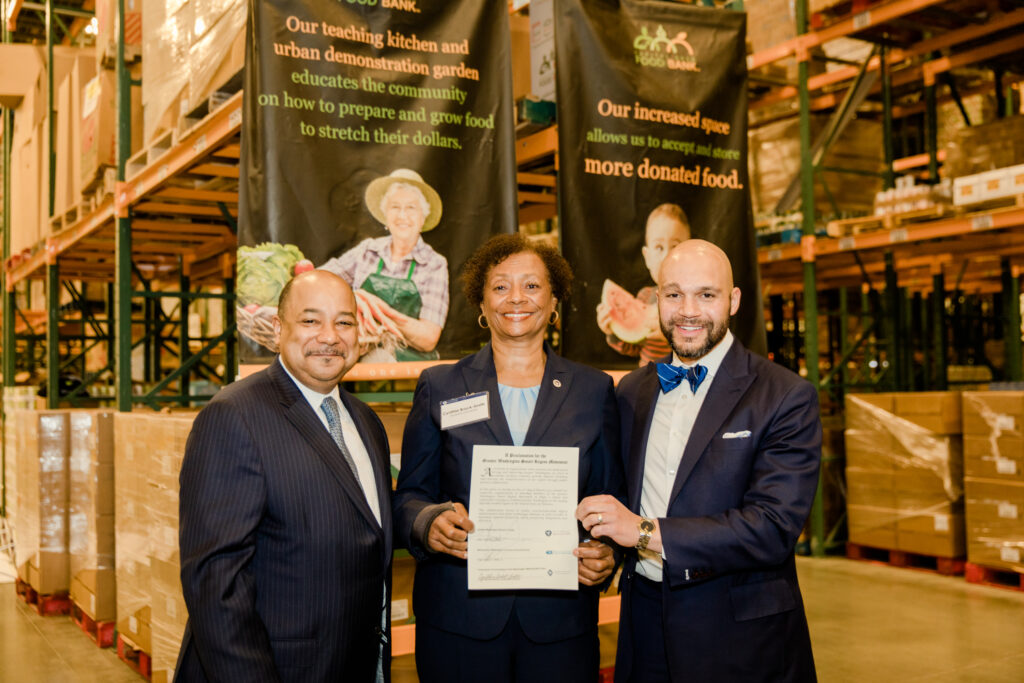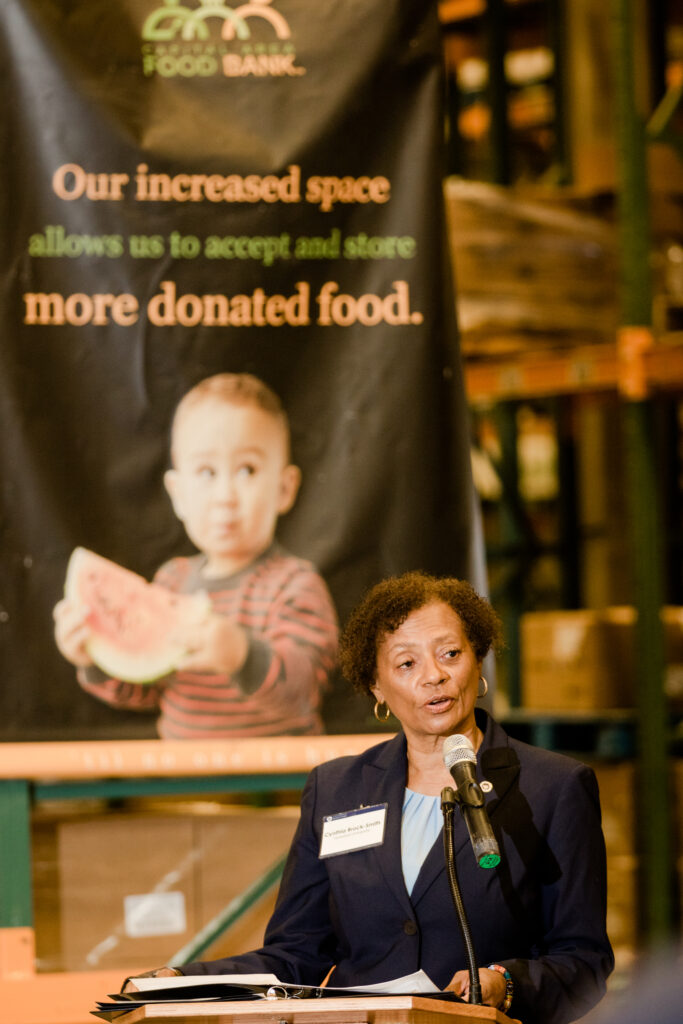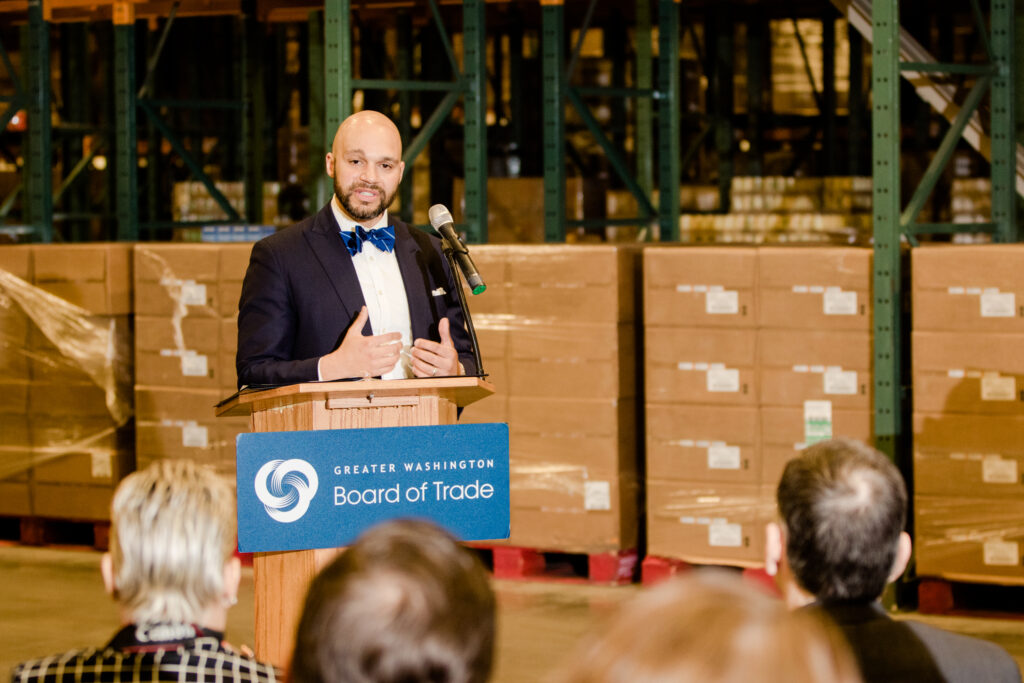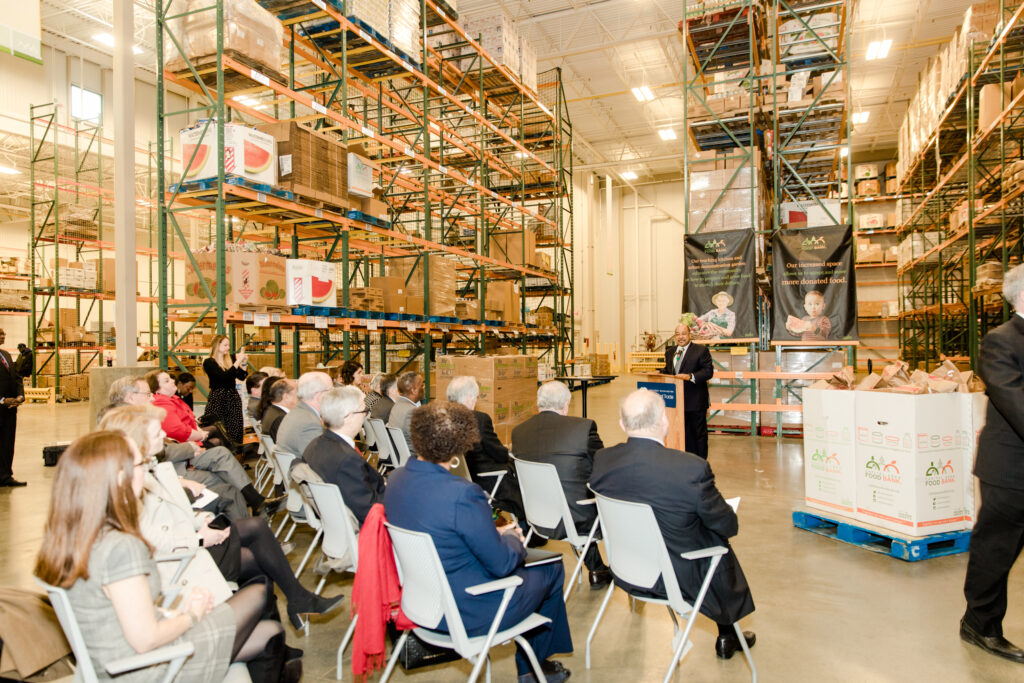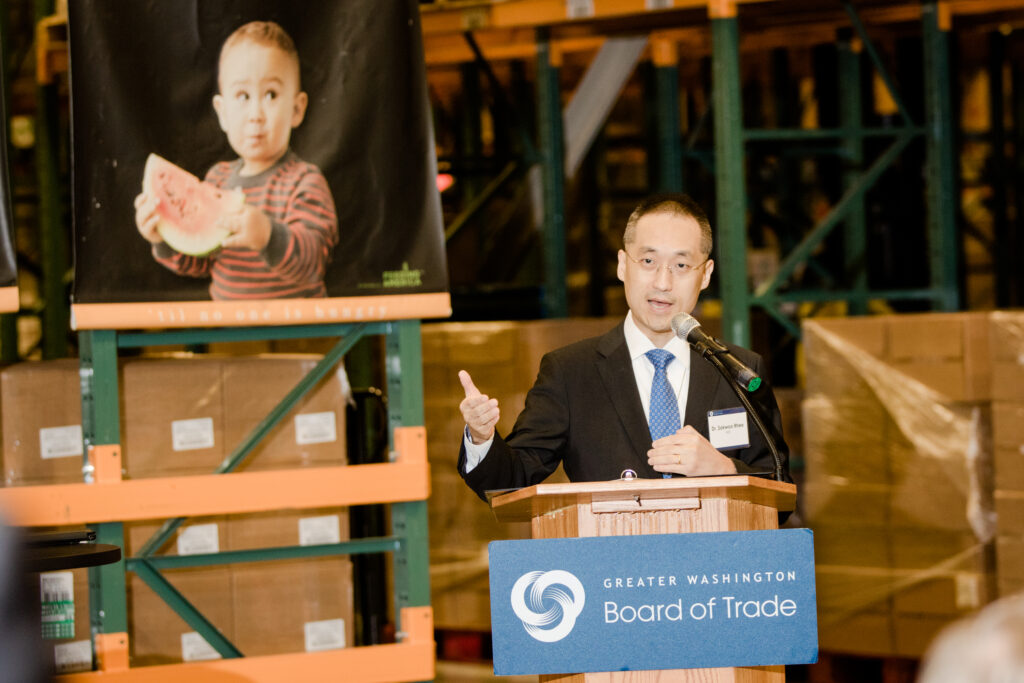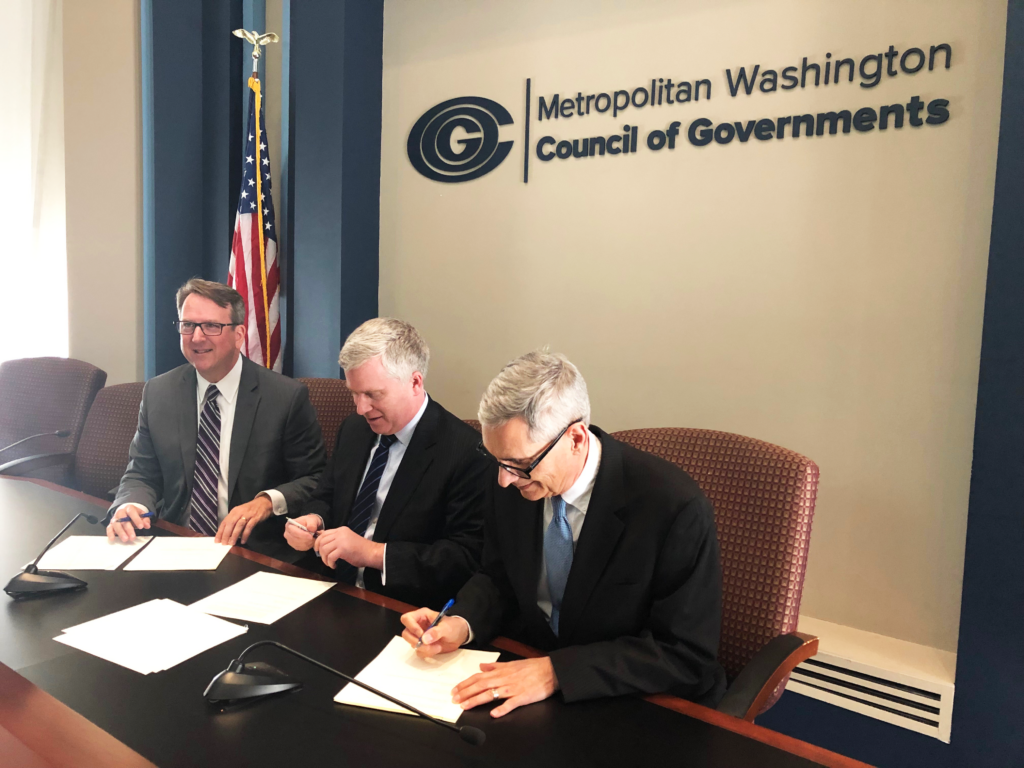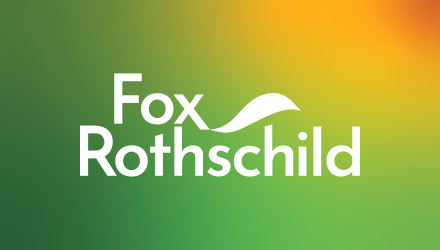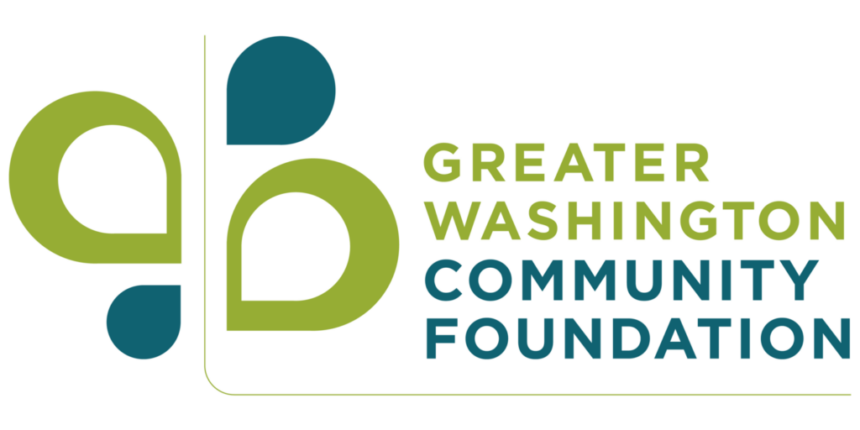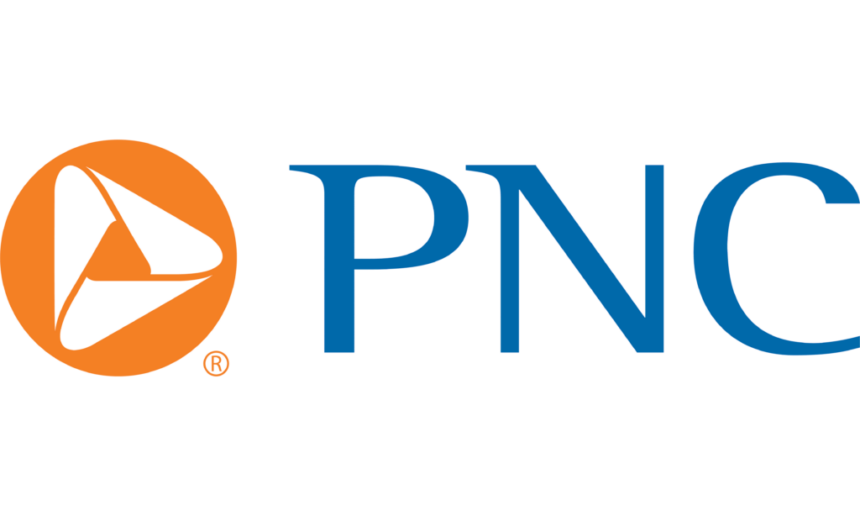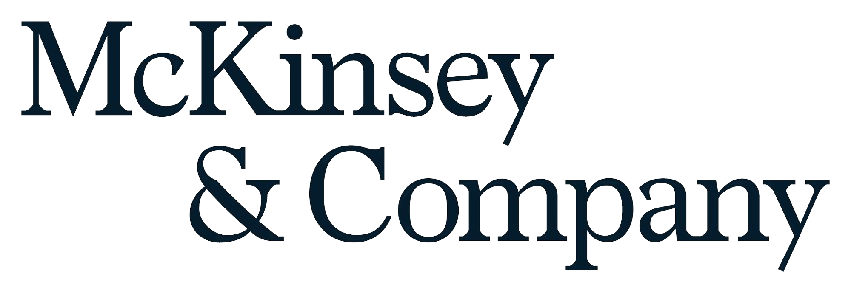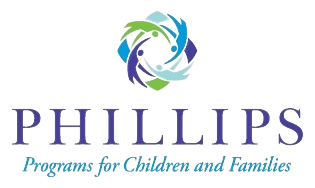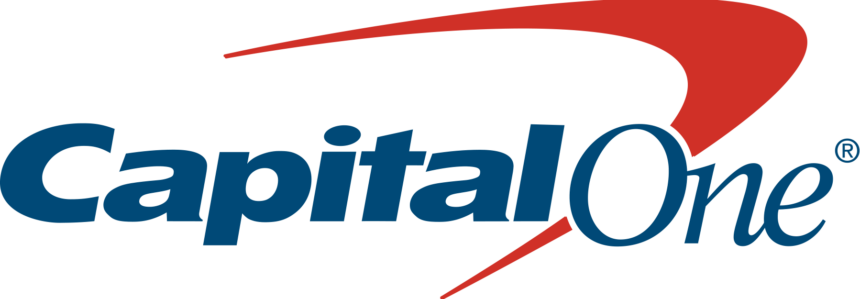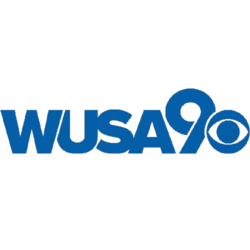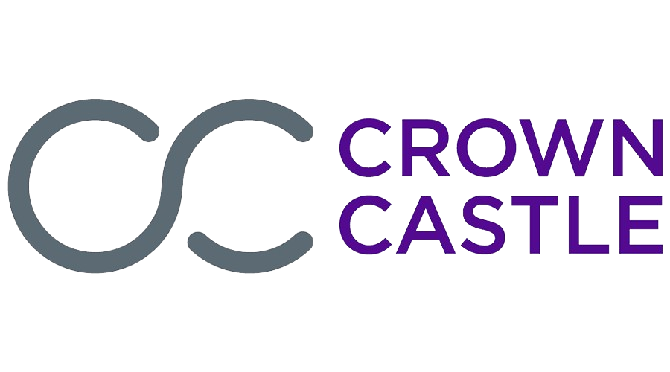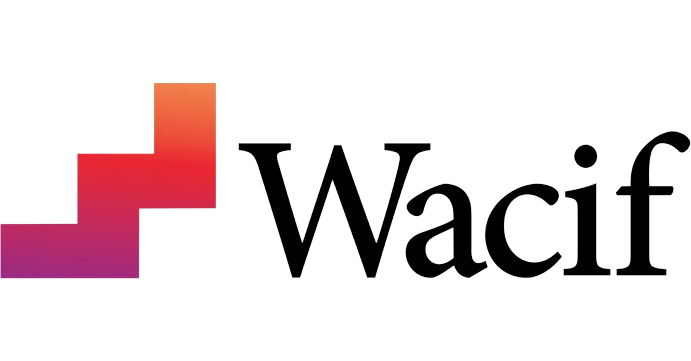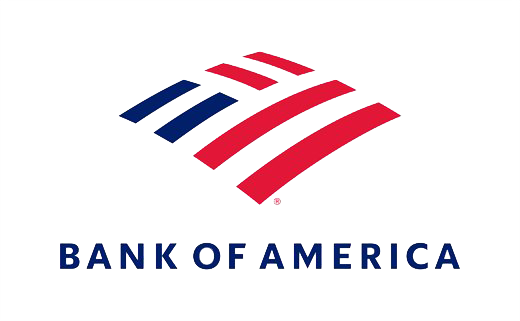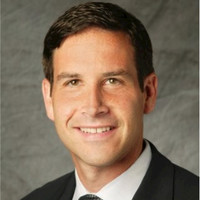
United Airlines moves over 20,000 people through its hub at Washington Dulles Airport on an average day, giving the company a unique perspective on our market and how it has evolved over time. I spoke with Evan Koppel, regional sales director at United, about the company’s experience and how it has seized opportunities through partnerships.
How has the Greater Washington market changed over recent years, from the perspective of an airline?
This region has a very strong demand for travel, thanks to the large corporate base, federal government, and tourism to the National Capital region. But another trend is driving more visitors to the Washington region in particular—the influx of cyber security and tech companies setting up shop here, including West Coast tech companies, which has generated a lot more demand.
Over the years, the cost of doing business at Dulles has fluctuated. When we made it one of our East Coast hubs, it was not expensive for airlines to operate there but the costs went up at the airport, which increased our cost of doing business.
Luckily, over the past few years, MWAA (the Metropolitan Washington Airport Authority) has been a great partner and has focused on bringing costs down at Dulles and working with us to improve the airport experience for passengers. We’re happy with how things have evolved in recent years and excited to see continued growth. Additionally, the completion of Phase 2 of the Silver Line next year will provide Metrorail access to customers traveling to/from DC and around the region.
I understand that MWAA is a key partner for United in this region. Have you learned any lessons from that partnership that you can share with other Board of Trade members who may be exploring cross-sector partnerships?
MWAA represents Reagan National and Washington Dulles International airports, and we work with them at both but especially at Dulles since it’s one of our hubs. We want to serve more customers and give those passengers a good experience.
MWAA is a fantastic partner. They are open to new and creative ideas. They support us on marketing and events that promote Washington Dulles, such as the Board of Trade dinners that we’ve co-sponsored. They also proactively help us identify new domestic and international markets that could help us grow our hub.
The partnership works great because we collaborate and communicate frequently. We meet regularly and keep each other informed on our respective strategies for growth. We both have a very clear shared goal of increasing customers on United; having a good cadence of communication enhances this relationship and sets clear direction.
United recently invested in a new Polaris lounge at Dulles. What motivated United to make this investment?
We found that lounges are a point of competition for airlines. They make a difference to a customer’s travel experience. We researched and invested significant resources to rebrand our business class product as Polaris and build Polaris airport lounges for international business class travelers.
These lounges provide a great award-winning product in our hubs where other United Polaris lounges are already in place, and we’ve seen and heard how it positively affects our customer satisfaction scores and enhances the whole experience. In fact, our San Francisco Polaris lounge was just named the best airport lounge in the world! In the soon-to-come Dulles Polaris lounge, passengers will get full-service dining that brings in local flavors and cuisine. There will be showers and places to relax or take a nap. It will be a unique experience for our international business class customers.
The Polaris lounge at our Washington hub is currently under construction and slated to open in 2020. This investment excites us because Washington has a very large transatlantic footprint – the second largest number of flights to Europe behind our Newark hub. We also have flights to Asia, South America, and we recently started service to the Middle East with our new route to Tel Aviv, which we launched in May. It made sense for us to make this significant investment.
What is the most important thing that the Board of Trade community can be working towards to strengthen this market?
We have a great relationship with the Board of Trade and we applaud their efforts in the many areas where we align. We have a beautiful region with great scenery, culture, restaurants and shopping, but some of the infrastructure, including bridges and roadways, may need some attention. In addition, any initiative the Board can focus on to drive more business growth and connectivity is welcomed.
We want to create a positive view of our community to visitors. We all have a role in this area. We each can play a part in contributing, supporting, and influencing changes to our business environment and infrastructure and promoting this great region. The Board of Trade has been invaluable in helping encourage Virginia, Maryland, and the District of Columbia to dedicate additional funding to the Metro system last year, and there are many other areas where they have successfully spearheaded change. We should keep up support for that kind of important work.

